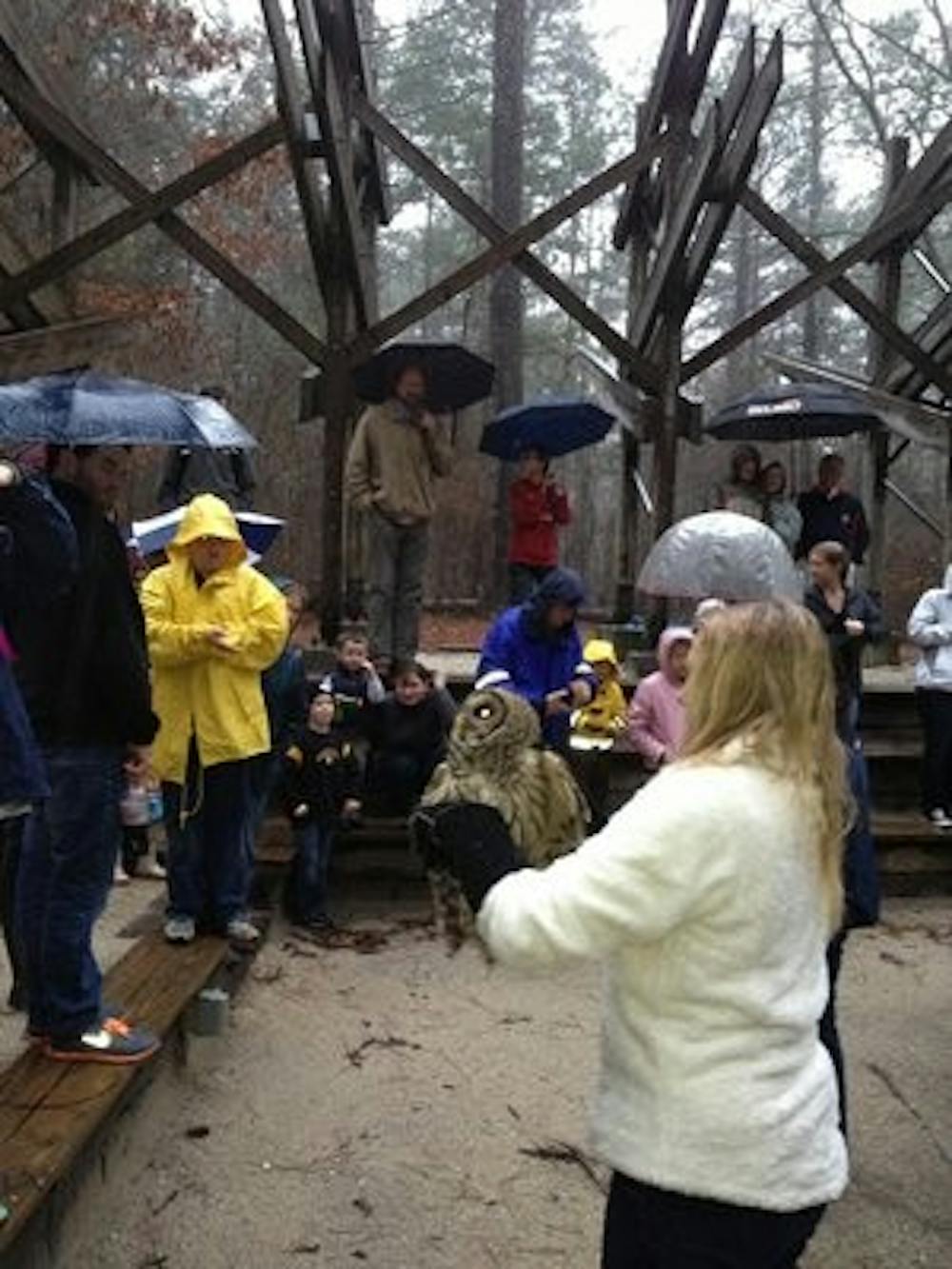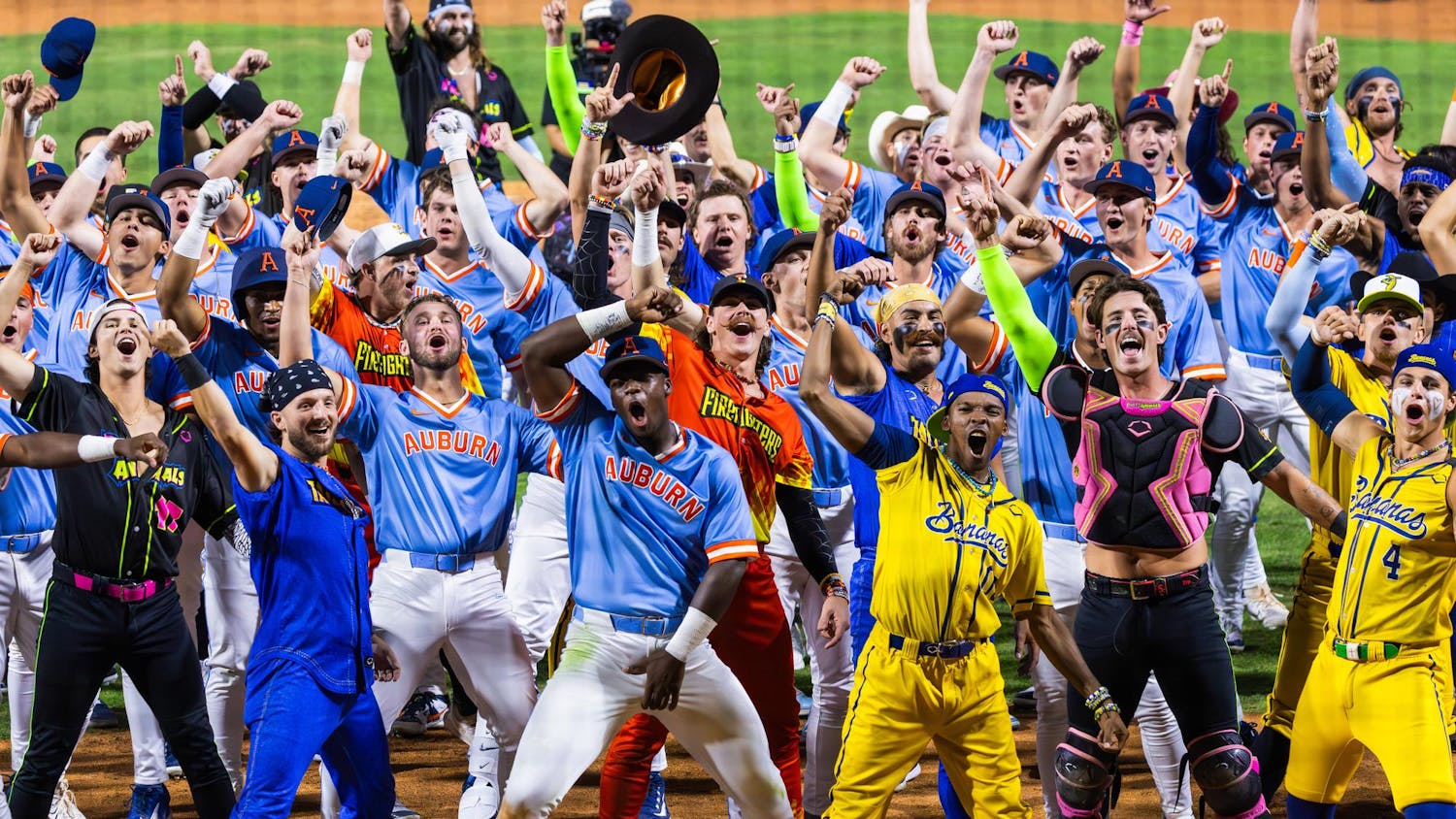The Southeastern Raptor Center at Auburn University released five owls into the wild Friday, Feb. 22, at the Louise Kreher Forest Ecology Preserve.
The Raptor Center released one Eastern Screech-Owl, two Barn Owls and two Barred Owls into the forest during a substantial rain shower.
The owls were released soon after 5 p.m., each one having recovered from injuries suffered from hitting a car.
"I think all the owls we released today were struck by cars or they were found with a broken wing, broken leg, head trauma," said Rhett Laporte, sophomore wildlife ecology. "Something dealing with hitting a car or hitting a window."
The Southeastern Raptor Center does not raise the owls from birth, but rather takes in injured ones. However, the center will take in baby owls in certain situations.
"They don't raise any," said Jennifer Lolley, administrator of the preserve. "Occasionally they do get babies that have come out of nests that people think are lost and they probably shouldn't have touched them. They'll bring them in and they have to just raise them for about six weeks or so."
It typically takes about six months to a year for owls to heal to the point that they can be released back into the wild. It largely depends on the type of injury.
"It depends on what the injury is," said Jamie Bellah, director of the Southeastern Raptor Center. "If it's some type of concussion or they had their bell rung, sometimes it's just a few days. Some of the fractures can take as long as our fractures to heal, and that might be eight to 12 weeks.
"They have to regain muscle strength and we have to evaluate how well they're doing. They have to be athletes. You saw how well these birds flew. A lot of them aren't able to fly that well."
The owls have to pass a flight test before being released.
"They have to have enough endurance to be able to fly around," Laporte said. "We have flight testing usually the week prior to the release to make sure that they're going to be able to survive out in the wild. They usually have to make a perfect score on the flight test to be released."
Owls are released into the wild often at the preserve, whenever the birds are ready.
"We've released probably about 150 birds out here, but it's just whenever they're ready," Lolley said. "There's no rhyme or reason to the set time."
Among the notable characteristics of the owl is its ability to turn its head almost completely around.
"About 270 degrees," Bellah said. "The owls tend to look like they're always staring at you. They can't move the globe in the socket of the eye or the orbit like we can. We can keep our heads still and look to the right and left. An owl cannot do that. So if they want to look at something to the left, they look to the left. It's a piercing stare, but it's because they have to."
Do you like this story? The Plainsman doesn't accept money from tuition or student fees, and we don't charge a subscription fee. But you can donate to support The Plainsman.





